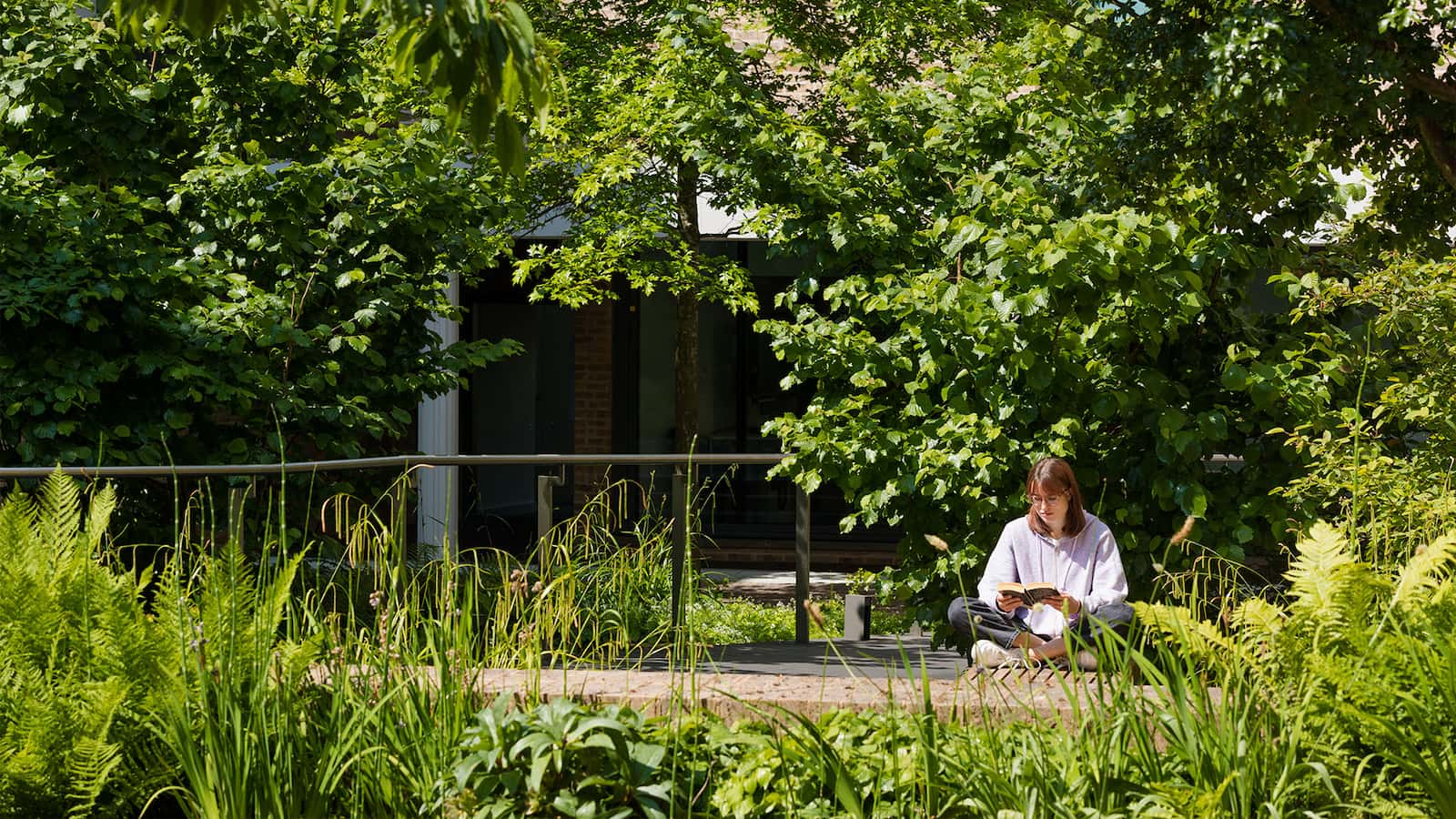Clearing: my experience
Alix's experience of the clearing process

by Alix Leonard
Hi, I’m Alix, one of the Digital Content Ambassadors for Lancaster University. I’ve just finished my third year studying English Literature, and am part of Lonsdale College.
Most students apply to University during their final year of College, receive and confirm their offers, and are then given their place on results day – but for others, it isn’t always as straightforward as that!
As I know that a lot of final-year College students are nervously waiting for their A-level results, I thought I would start a mini blog series on the clearing process.
This will include my experience, how to apply, and how to choose the right University in such a short amount of time. But first, I’d like to write a quick post introducing clearing and will cover the general aspects of this process.
Clearing is a way in which Universities in the UK fill any spare places in courses that they have for the start of the upcoming academic year.
This system is put in place for anyone who wants to start University at this time.
Most students who apply either have not gotten the results that they expected, or decided to reject the offers that they had previously accepted; but you can also apply even if you haven’t applied to study at University yet!
In order to apply through clearing, you will need a UCAS account, and pay a £24 application fee. This can be done from the morning of your results day.
If you have not met the conditions of your offer(s), you will be automatically enrolled into the Clearing system, and invited to search your options from there!

Clearing is quite a fast, straightforward process.
You will find a list of Universities with places still available on your chosen course, as well as their contact details, or specific clearing hotline number.
Take time to make a shortlist of potential courses and universities you’d like to apply to – and to write a new personal statement if you’re choosing to change courses, or applying from scratch.
Once you’ve done this, you need to contact the Universities directly, where they will ask you for some information about you, and will then contact you with their decision within the next few weeks or even days.
It is important to really take the time to research your shortlist options thoroughly.
Check out the Universities’ websites, online forums, Facebook groups, Instagram pages, and so on. You might even choose to visit the campuses, which is something I’d strongly recommend.
You need to know what type of environment you’d like to study and live in; this is where you’ll be spending the next three to four years of your life!

Students walking in Lancaster city centre
Once you’ve received your offer, you need to update your Track details yourself, and either email or send a letter to your chosen University. Keep a record of your confirmation, as it may be important for later on!
While clearing might seem like a really stressful experience that most students want to avoid, it is very straightforward and a great way to get a second chance to study what you’re passionate about at University.
Having gone through it myself, I can confidently say that it was definitely the right thing for me. Finding a spot in Lancaster through clearing was really fortuitous, and at the end of the day, is something I’m really grateful to have gone through!